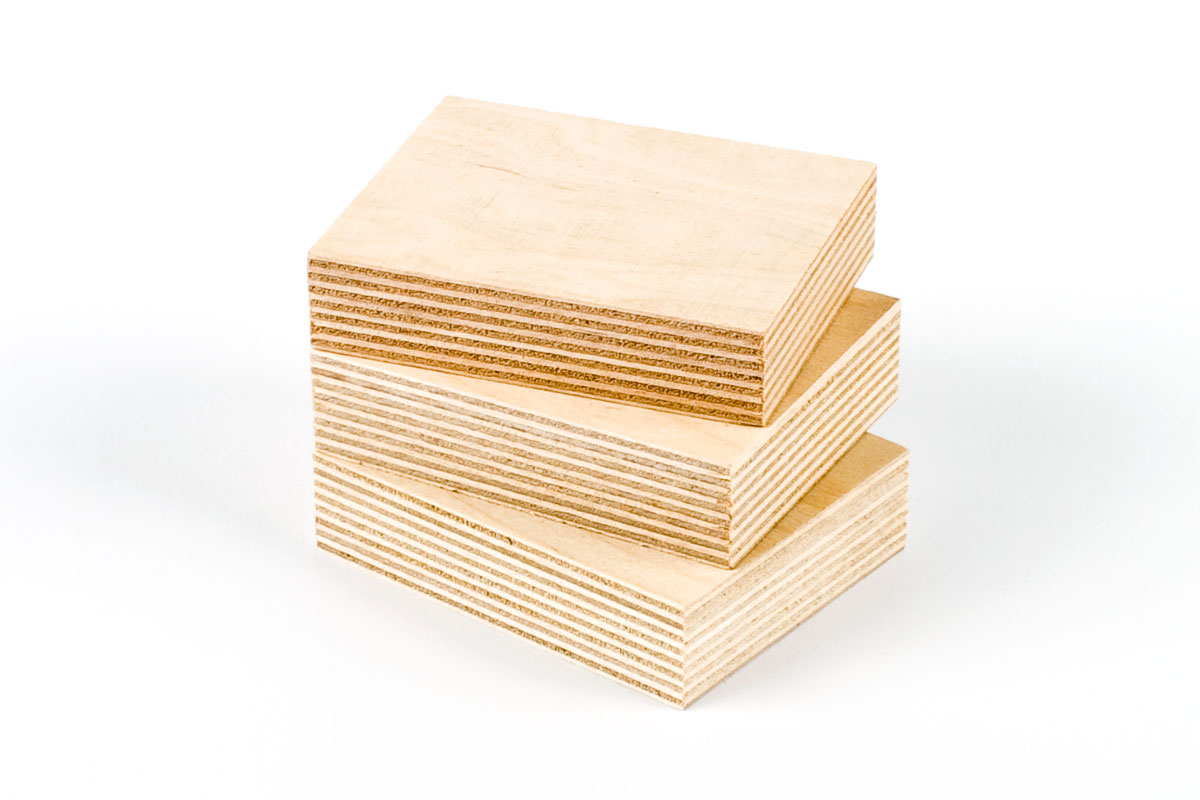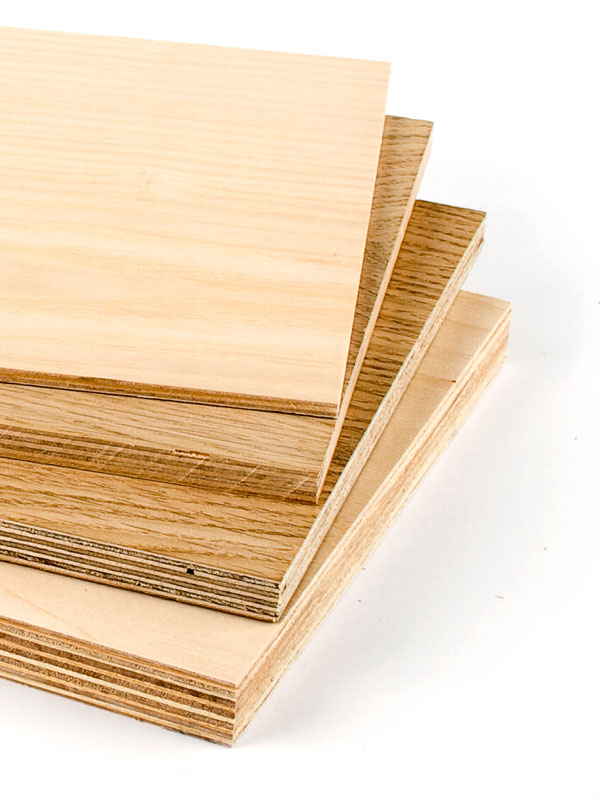Why plywood?
Plywood is stronger than other wood-based panels in four important strength parameters: bending, tensile, compression and shear strength. Moreover, it weighs up to 40% less than equivalent wood-based panels of the same thickness. It has been used as a panel in A construction industry for decades and it remains the favourite material of Individual investors, developers, architects and engineers.
Manufacturing technology makes the product available for multiple uses, at the same time ensuring high resistance to increased temperature and water penetration. It is also resistant to alkali, oil, grease etc.


FILM-FACED PLYWOOD
Film-faced plywood is made by pressing a special resin-impregnated paper – the so-called film – to the plywood.
We differentiate phenolic and melamine films depending on the type of resin used to impregnate the paper.
The procedure of pressing the film to the board is conducted under high pressure and at high temperature, which makes the resin in the film penetrate the base board, giving new user properties to the surface.
There are many materials used in a construction industry, but not every material has so many applications as plywood, especially film-faced plywood.
Depending on the type of joint, we distinguish interior plywood and water-resistant plywood.
ABBREVIATIONS
The most common market abbreviations according to types of joints (quality of gluing)
| Type of joint | PN-EN 636 | DIN 68705 | BS 1203 |
|---|---|---|---|
| interior glue based on urea-formaldehyde resin |
to be used in dry conditions | IF 20 BFU 20 |
INT MR |
| water-resistant glue based on phenolic-formaldehyde or melamine-urea-phenolic-formaldehyde resin |
to be used in exterior conditions | AW 100 BFU 100 |
WBP |



